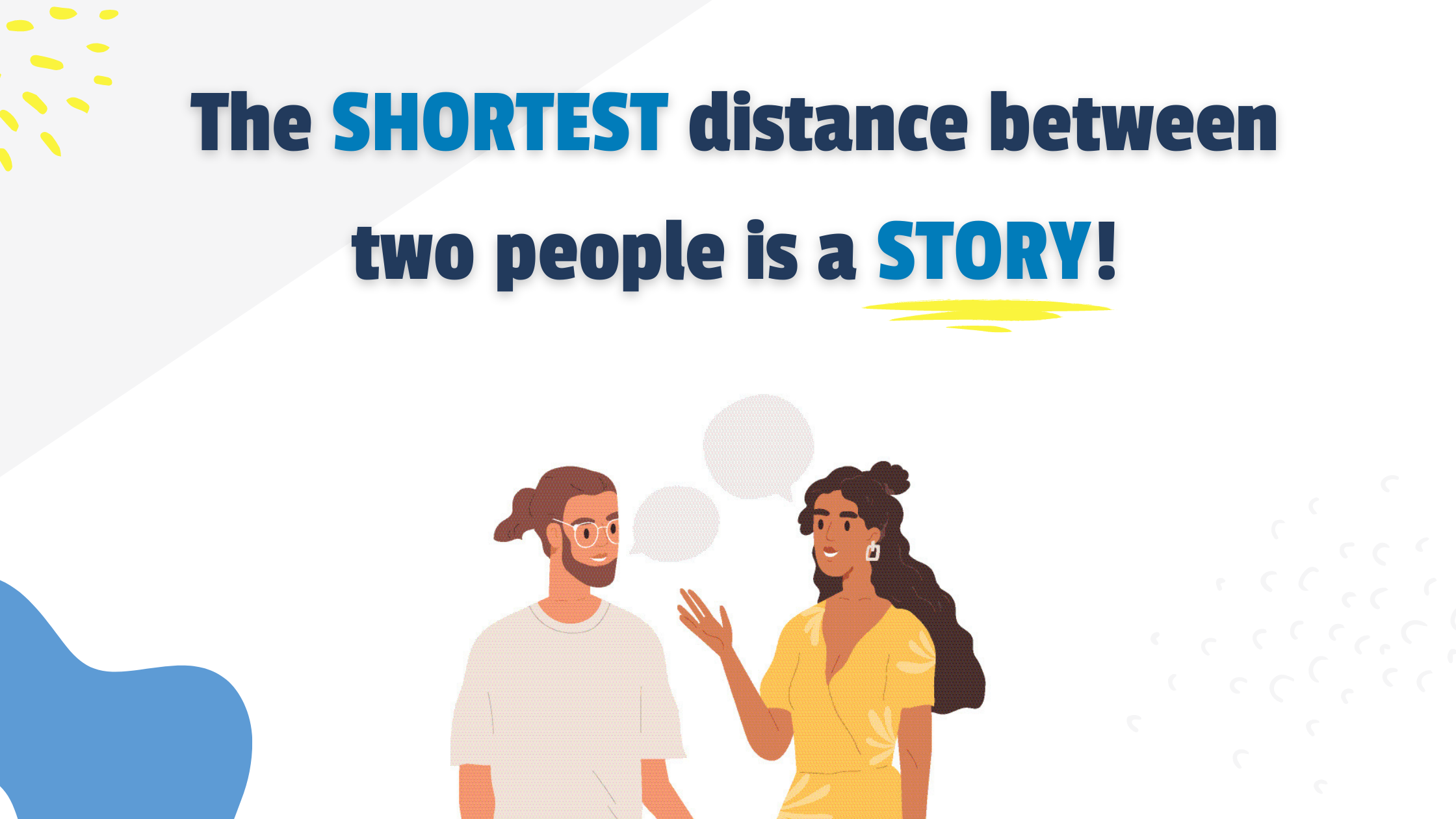SaaS Sales Superpower: Client First Storytelling
Our programs, from Demo2Win to Storytelling2Win, provide in-depth instruction on building connections with audiences and adding value to client...

Did you know presentations with visuals can decrease retention and comprehension? According to Psychologist Marc Coutanche from the University of Pittsburgh, author of Popular Mechanics, your brain is terrible at multitasking. So, where visuals in a presentation are accompanied by a speaker, as in most software sales presentations, you are at a considerable disadvantage.
This phenomenon is rooted in what cognitive scientists call the "split-attention effect." When your audience is reading slides while simultaneously trying to listen to you speak, their cognitive load increases dramatically. The brain must divide its processing power between two competing streams of linguistic information, resulting in neither being fully absorbed. Research from neuroscientist Uri Hasson at Princeton University reveals something fascinating: when people simply listen to data and facts, only the language processing centers of the brain activate. However, when those same people hear a story, something remarkable happens—multiple regions light up, including those associated with sensory experience, motor activity, and emotion.
This is another way that storytelling enables a speaker to garner the full attention of their audience. Storytelling can act as a bridge between the person, and visual content, and when introduced and wielded correctly, captures the audience's attention and obtains permission to move forward with the engagement.
When we hear a compelling story, our brains release oxytocin, often called the "trust hormone," which increases our feelings of empathy and connection with the storyteller. Paul Zak's research at Claremont Graduate University demonstrates that character-driven stories consistently cause this neurochemical response, making audiences not only more attentive but also more likely to be persuaded by the message.
Your brain's language regions process the sounds, words, and meaning of sentences. Imagine a circuit with multiple inputs and multiple outputs, but they share the same wires. When you add visual text into the mix, you're essentially creating traffic congestion in that circuit. But stories bypass this limitation by engaging the brain holistically rather than overloading a single processing pathway.
They create what researchers call transportation: a phenomenon where listeners become so immersed in the narrative that they temporarily lose awareness of their physical surroundings. In this transported state, audiences are significantly more receptive to persuasion and less likely to counter-argue, making storytelling one of the most powerful tools in a presenter's toolkit.
Our training in Demo2Win, Storytelling2Win, Success2Win, Discovery2Win, and Winning with Executives all have foundations in how we process information. Storytelling, in particular, directly impacts how our brains process information and release chemicals that signal an emotional connection with the storyteller. Let’s get down to how stories release chemicals that signal a buy-in from your audience.
Good stories surprise us. They make us think and feel. They stick in our minds and help us remember ideas and concepts in a way that a PowerPoint crammed with bar graphs never can." -Joe Lazauskas and Shane Snow, The Storytelling Edge
The brain’s emotional area can process sensory information 20% faster than the cognitive area
The dramatic story arc concept comes from Gustav Freytag, a nineteenth-century German playwright and novelist who divided a story into five parts. Enter Paul Zak, a neuroscientist who designed a study in which he drew blood from participants while they watched different videos to measure brain chemicals. This is how we know exactly how brain chemicals work during storytelling.
Storytelling offers universal appeal because brain chemicals operate the same way. The interplay of cortisol and oxytocin draws the audience in and gains their trust. Here is how.
Cortisol is the chemical that is produced when something warrants our attention including distress or threats, the cortisol literally captures our attention and keeps it. This can also be used in marketing at the awareness level.
Dopamine is a happiness chemical and is associated with pleasure, so where your cortisol or distress is triggered, dopamine relieves this.
Oxytocin is the chemical that promotes prosocial, empathic behavior and enables us to identify with the hero/protagonist in a story.
So a story arc stimulates these chemicals in the following way: during rising action people release cortisol, at the climax of a story people release oxytocin where they feel empathy for the main character, and where the story has a resolution, they release dopamine. The cumulative effect of creating these chemical reactions in your audience is that they now feel more connected to you and have literally joined you emotionally in your story. When this is orchestrated properly in a sales setting, it can achieve an easier buy-in from decision-makers, overcome objections, and position your products more favorably.

Our programs, from Demo2Win to Storytelling2Win, provide in-depth instruction on building connections with audiences and adding value to client...

It is hard to argue the value and impact of storytelling in business. Great stories capture people's attention, imaginations, and emotions....

At 2Win, we often say, "The only thing worse than never telling a story... is telling a bad one." Stories in a business environment should always be...